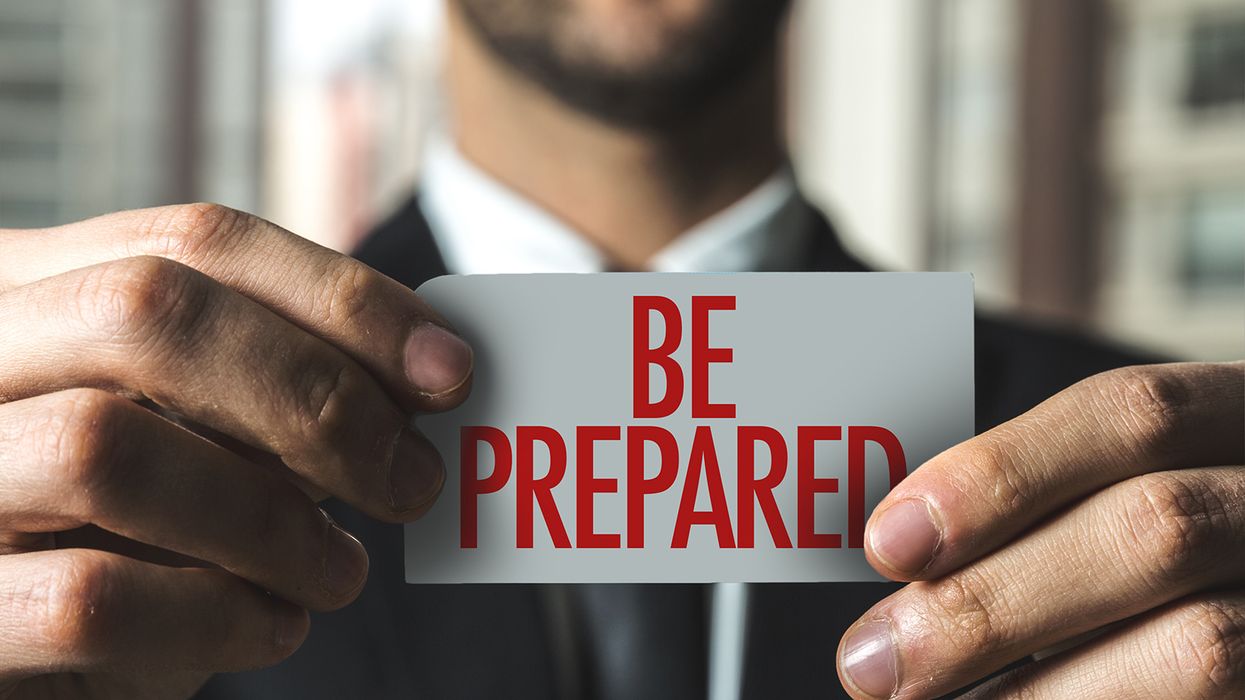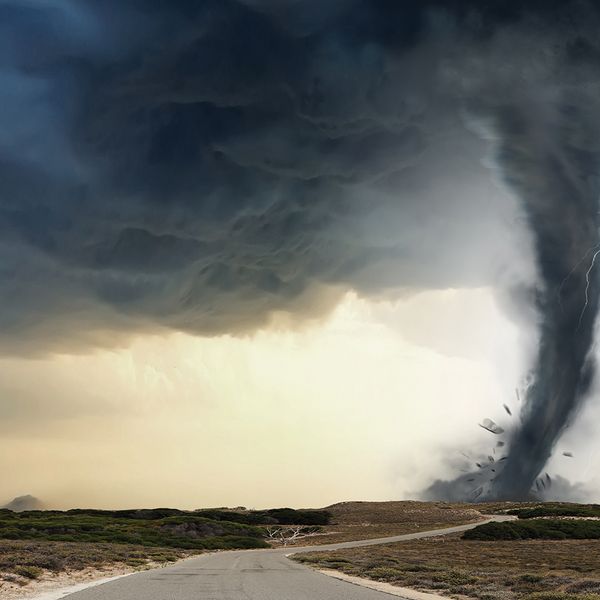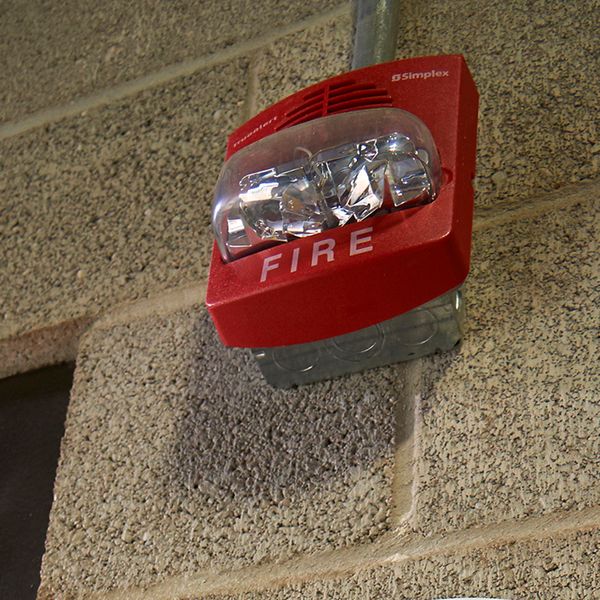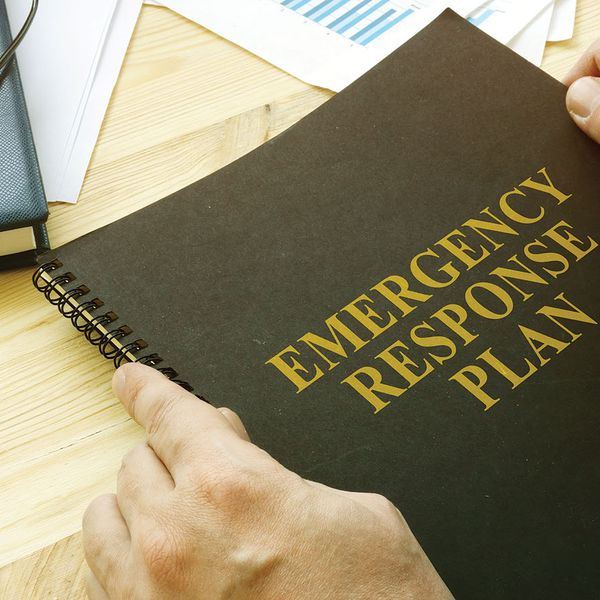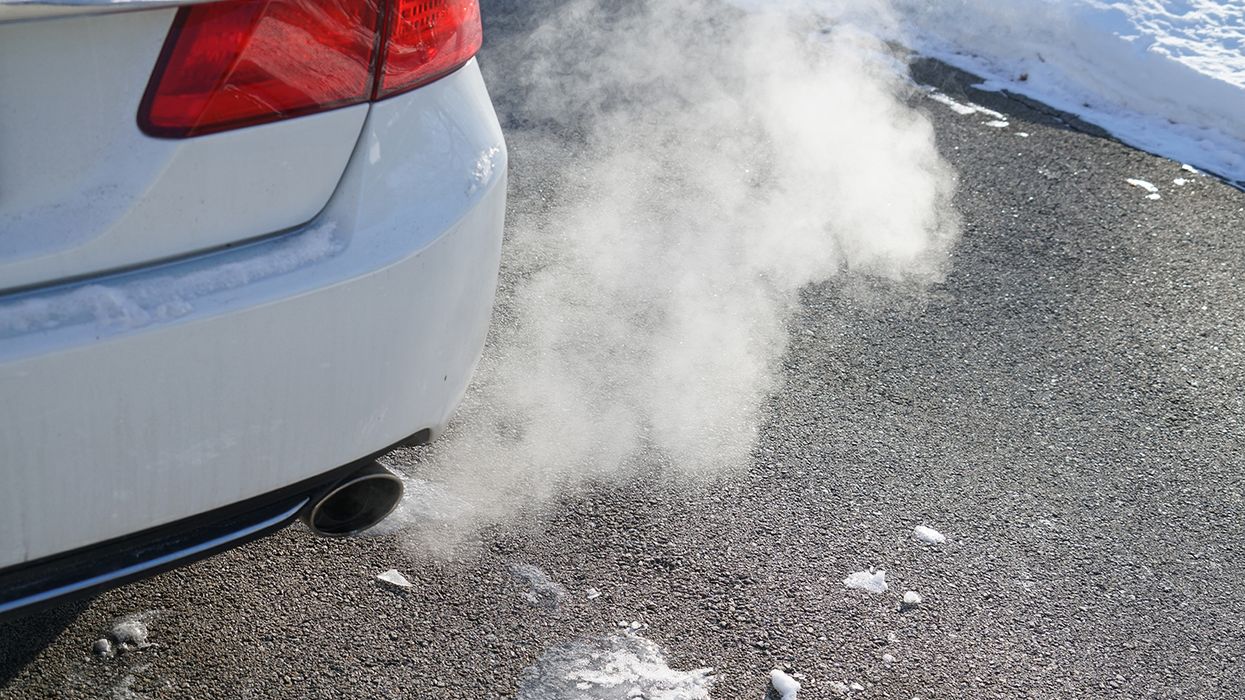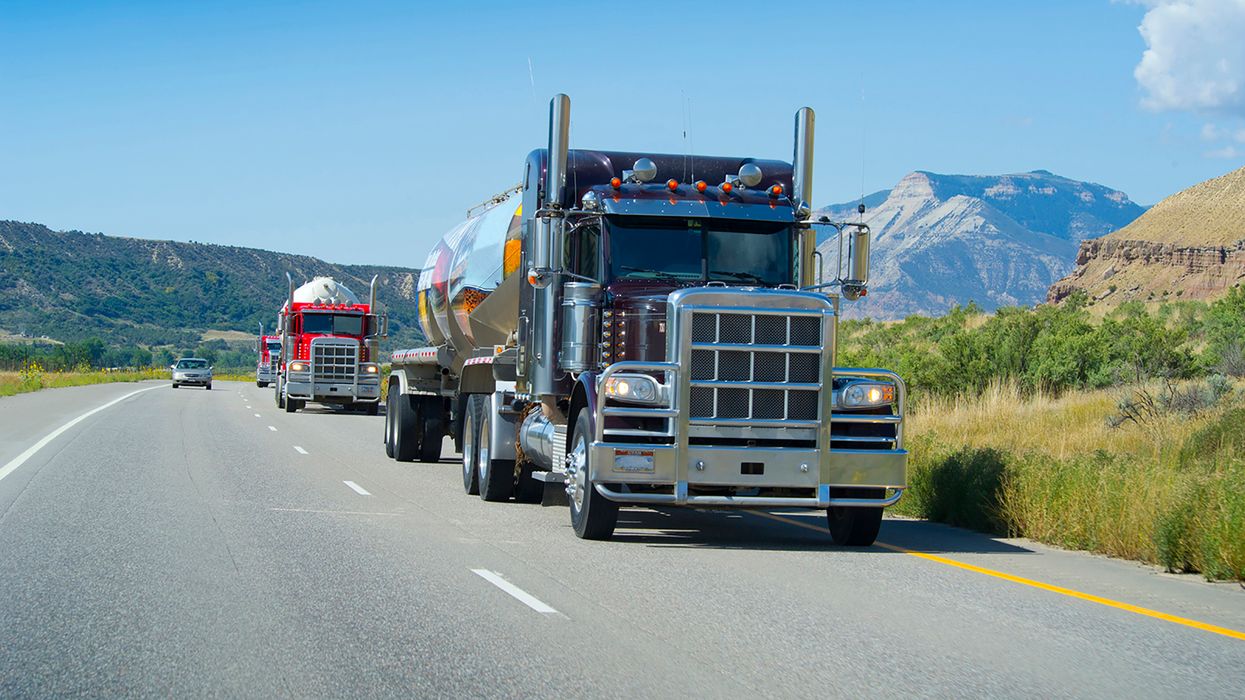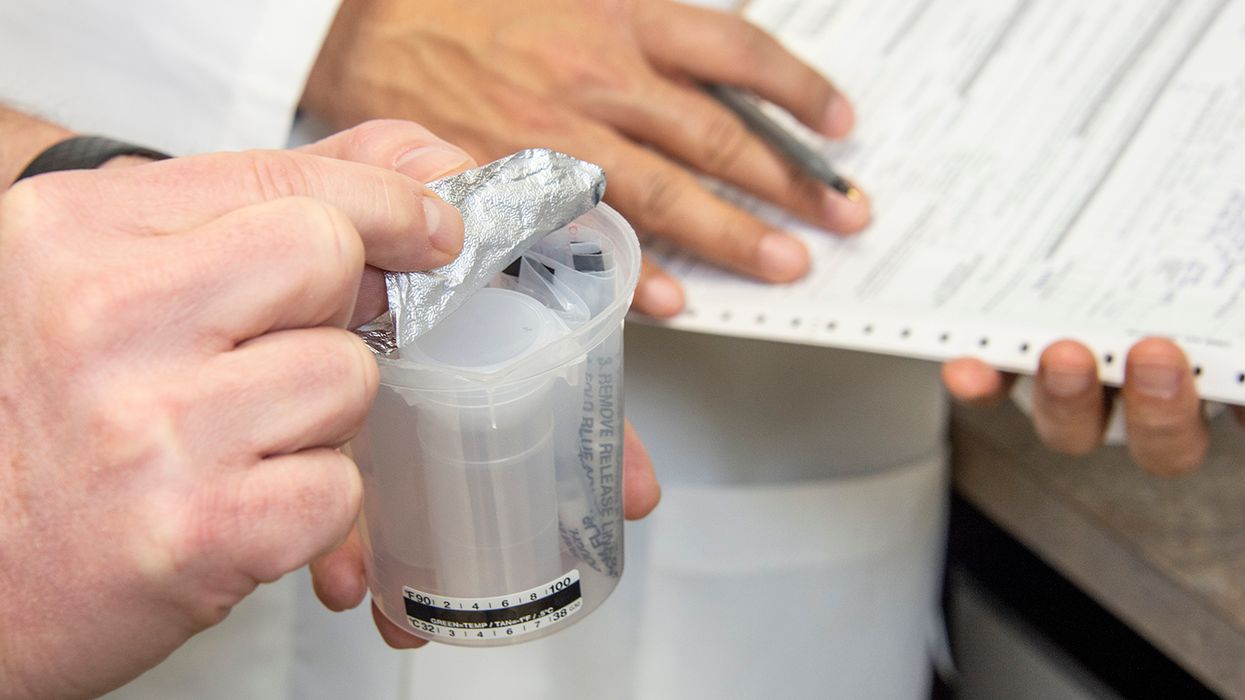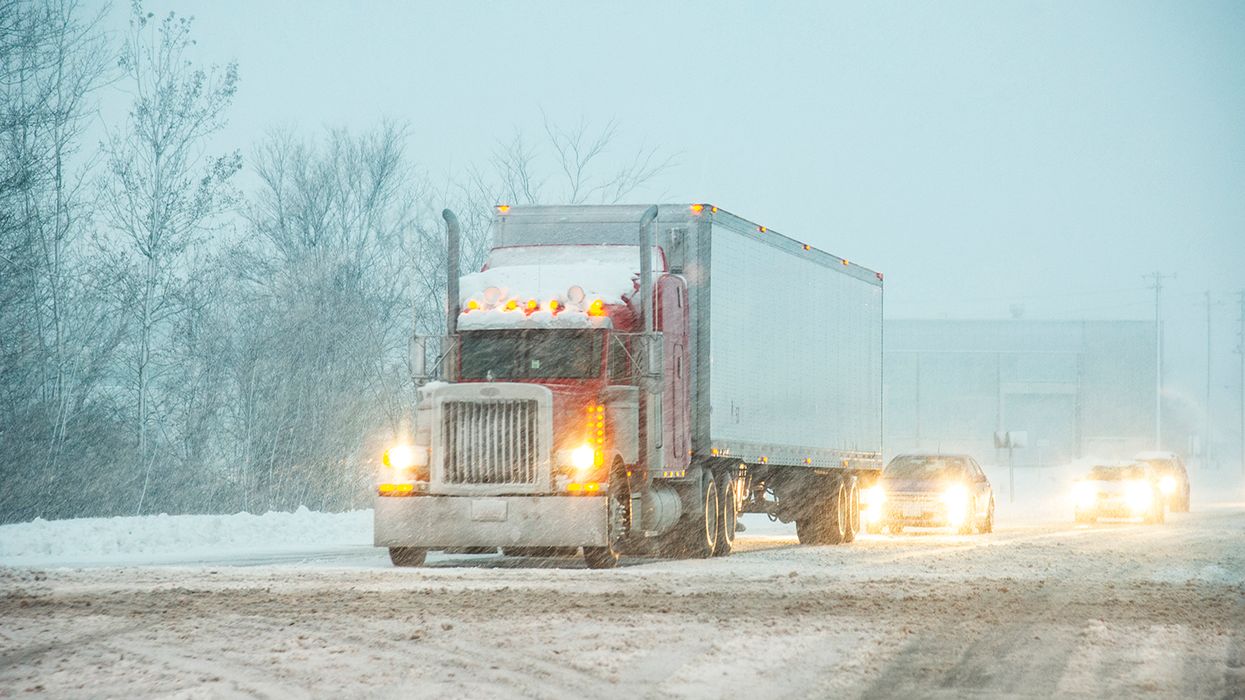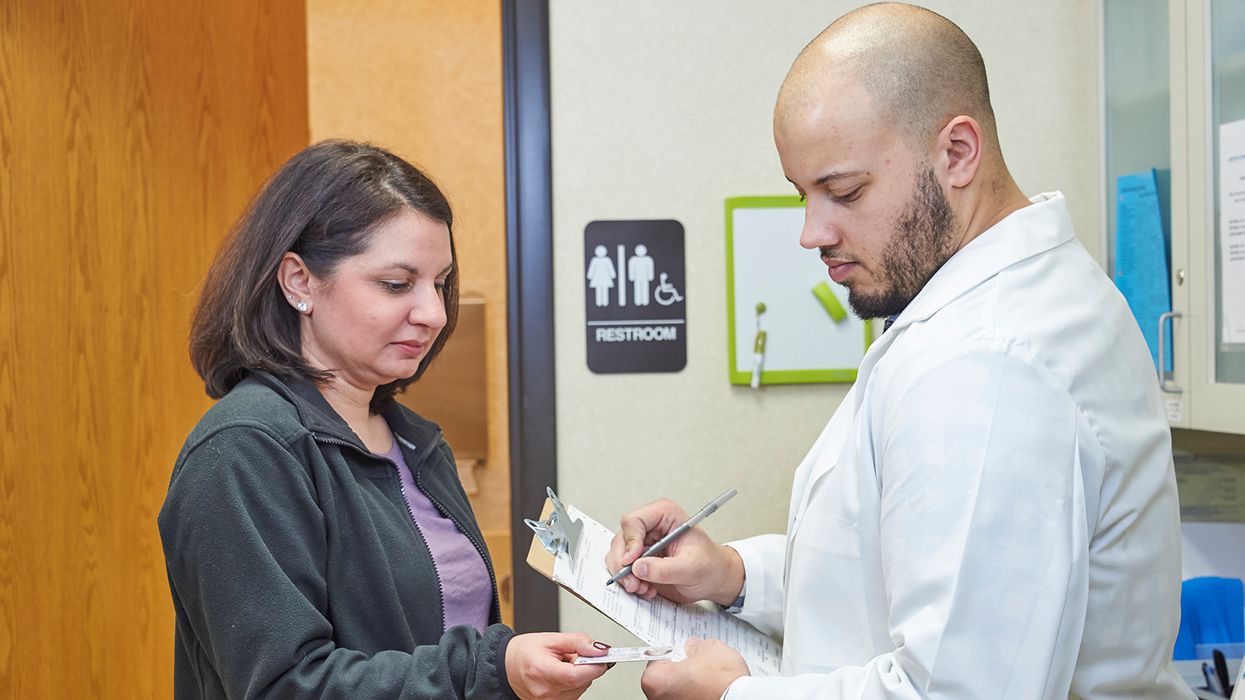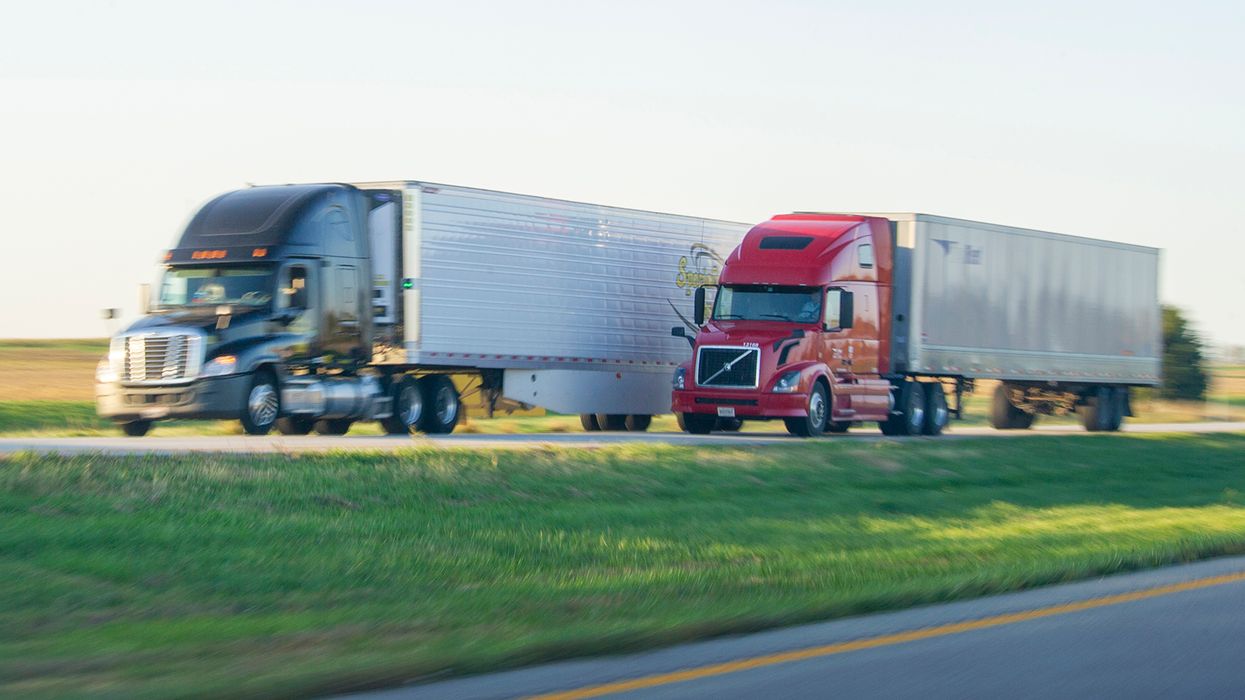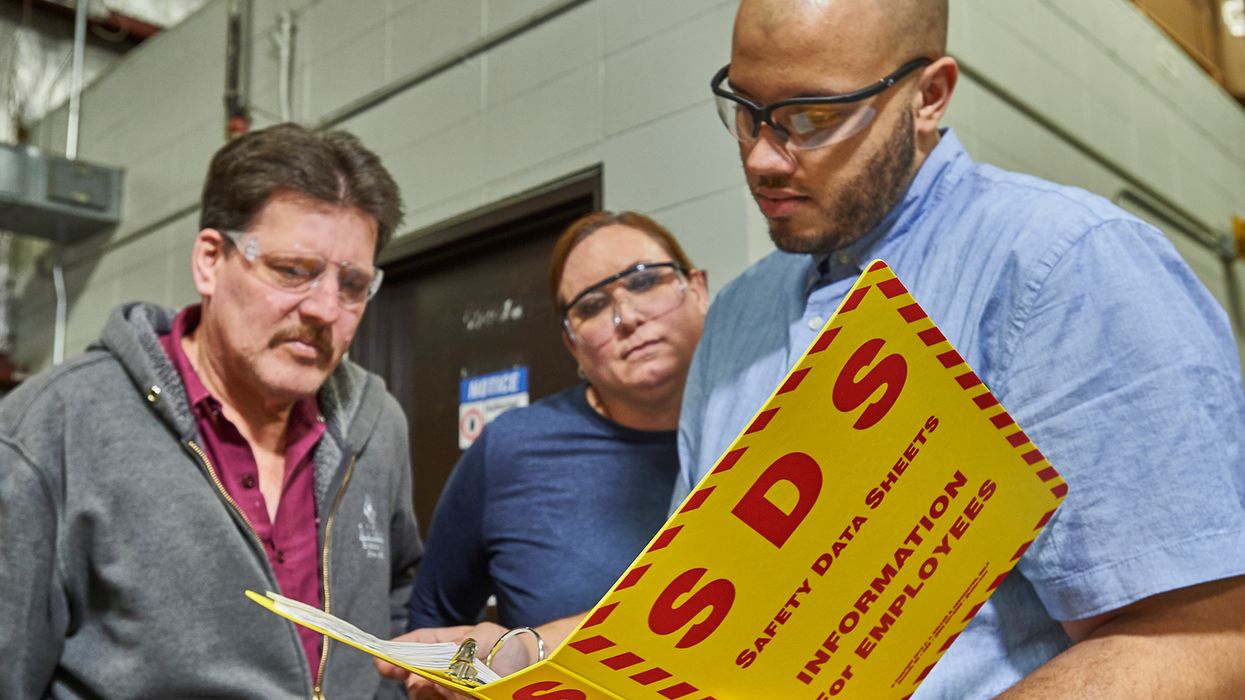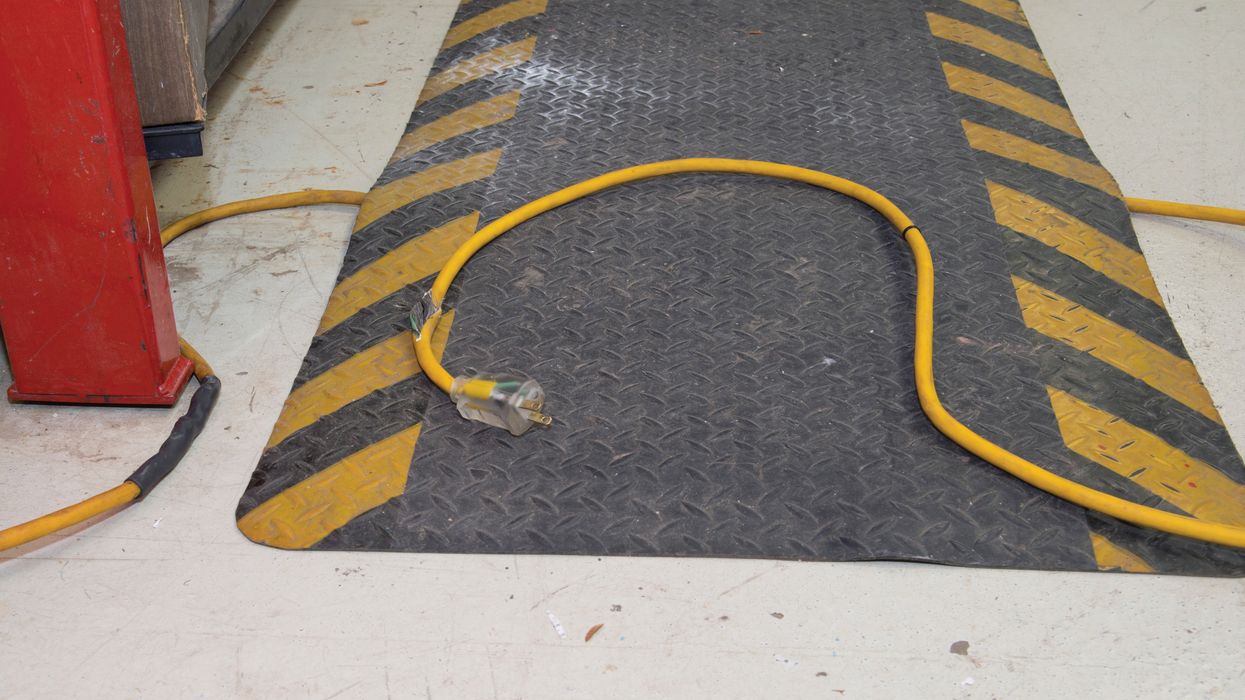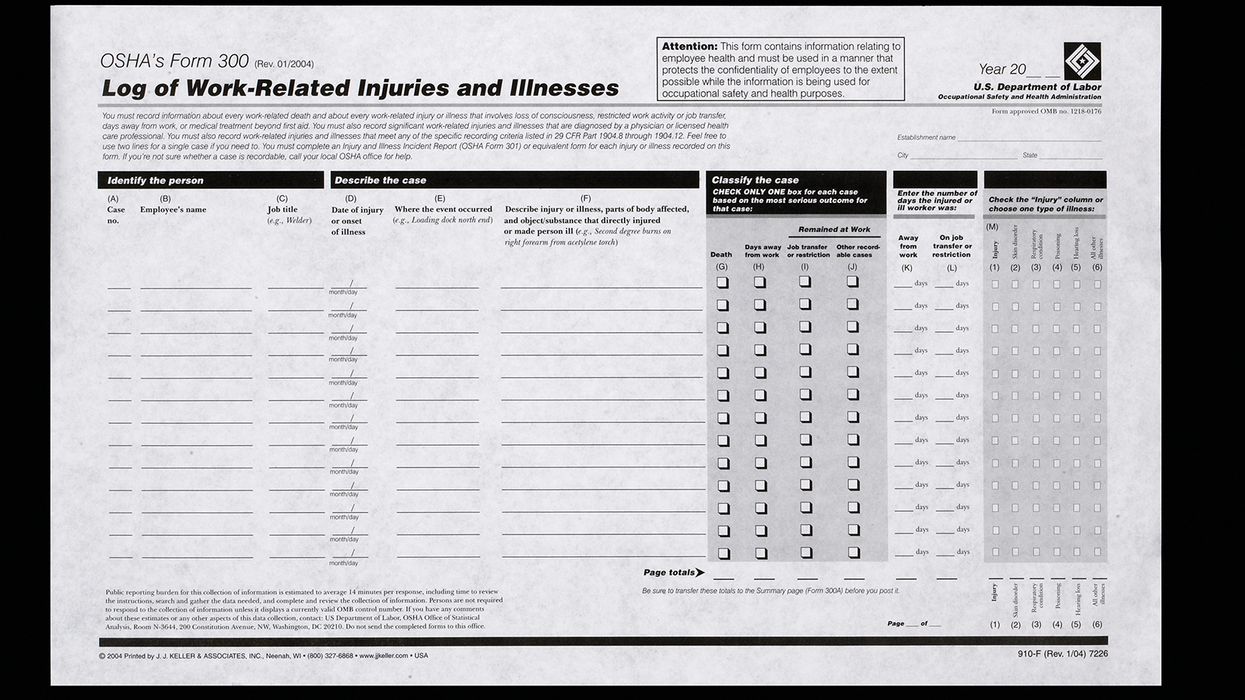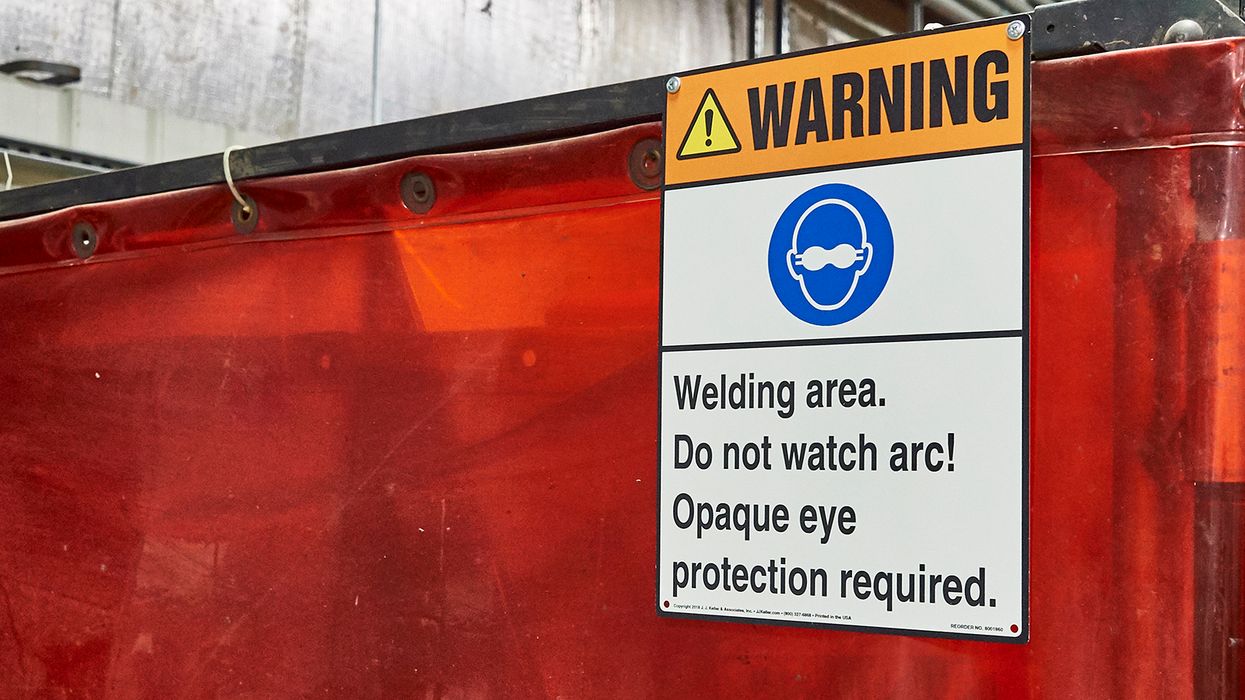Beyond the batphone: How emergency response communication is evolving
The effectiveness and speed of your emergency response can mean the difference between protecting human lives, property, your community, and other long-term consequences. Traditional systems have long been trusted to ensure effective emergency communication. However, in our current environment, technology offers new methods to enhance communication and response for all involved.
Traditional systems
Traditional methods for emergency communication remain highly valued and essential components of an overall response plan. Regulatory agencies, such as OSHA, reference and expect these systems to notify workers of emergency situations. Tried-and-true traditional systems ensure that information is disseminated simply, quickly, and effectively, including:
- Emergency notification systems: These systems send mass alerts via text messages, recorded voice messages, or emails to inform the public about emergencies.
- Traditional media channels: Newspapers, newsletters, and broadcast media (i.e., TV and radio) are commonly used to disseminate information quickly.
- In-person events: Town halls and community meetings provide a platform for direct communication and addressing public concerns.
- Emergency plans: A pre-established emergency plan that includes evacuation routes, shelter locations, and contact information is essential.
Evolving systems
Communication in emergency management is rapidly evolving, driven by advancements in technology and changing societal needs. This evolution is characterized by several key trends that make emergency communication more efficient, responsive, and inclusive such as:
- Advanced technologies: Artificial intelligence (AI) and cloud data systems help predict and respond to emergencies by analyzing lots of information.
- Mobile apps and alert systems: These provide real-time updates and location-specific alerts to large groups of people simultaneously.
- Improved 911 services: Modern 911 centers use text, video, and data to respond faster and more accurately.
- Community education: Teaching people about emergency preparedness through online resources, workshops, and events helps communities be ready for emergencies.
- Agency collaboration: Better communication and coordination between different agencies make emergency management more effective.
The power of social media
Social media’s popularity has emerged as a vital tool in disaster response and management, significantly enhancing communication and coordination during emergencies including:
- Platforms like “X” and Facebook share real-time information about disasters, including location, severity, and impact. This helps manage fluid situations effectively. Government agencies will use social media to provide official updates and instructions quickly.
- Crowd-sourced data from citizens, including photos and videos, helps responders understand the situation better and prioritize efforts.
- Social media is also useful for engaging communities, organizing volunteers, and creating support networks for those affected.
- Authorities use social media to dispel rumors and provide accurate information, allowing timely interaction with the public.
- Fundraising and resource allocation are facilitated through social media, with platforms like Facebook and Instagram raising funds and sharing information about resources like shelters and food distribution points.
- Post-disaster, trustworthy social media can keep communities informed about recovery efforts and provides mental health resources and support.
OSHA’s stance on communicating emergencies
OSHA’s focus is on planning, preparation, and training to ensure the safety of workers. The means of communication is a major consideration; therefore, it appears in many components of a larger emergency action plan (EAP).
Under 29 CFR 1910.38 OSHA lays out an EAP as a detailed strategy that helps employees and employers respond effectively during emergencies. The standard outlines the minimum requirements for an effective EAP including:
- Reporting procedures: Establishing clear channels for reporting emergencies to ensure swift action.
- Emergency evacuation: Detailing the types of evacuation procedures with pre-determined designated escape routes identified.
- Shelter-in-place: Communicating shelter-in-place plans with designated locations.
- Critical plant operations: Defining emergency roles and responsibilities for employees who operate critical equipment.
- Accountability: Confirming the safety of all employees after evacuation or shelter-in-place actions take place.
- Rescue and medical duties: Outlining responsibilities for employees trained in rescue or medical procedures.
- Contact information: Developing a list of employees who can provide additional information during emergencies.
- Employee alarm system: Maintaining a distinct alarm system for timely alerts to emergencies.
- Training and review: Designating and training employees to assist in evacuations and conducting regular reviews and providing training for all employees to reinforce EAP knowledge.
Additionally, OSHA provides guidance on communicating emergencies through the use of more traditional alarm systems. Under 29 CFR 1910.165(b) (1-5), OSHA requires that an alarm system must:
- Alert employees for necessary emergency actions and provide enough time for safe escape.
- Ensure the alarm is noticeable by all employees, even in noisy or bright conditions.
- Distinguish the alarm as a unique signal for evacuation, shelter-in-place, or specific emergency plan actions.
- Educate each employee on how to report emergencies, such as using manual pull box alarms, public address systems, radio, or telephones.
- Display emergency phone numbers near phones and in other common, visible locations.
- Prioritize emergency messages over non-emergency messages if the communication system doubles as the alarm system.
- Establish a procedure for sounding emergency alarms including when, for how long, and alarm notification terminations
Key to remember: Quick and effective emergency responses save lives and protect communities. Combining traditional methods with new technologies like social media improves communication and speeds up responses.

